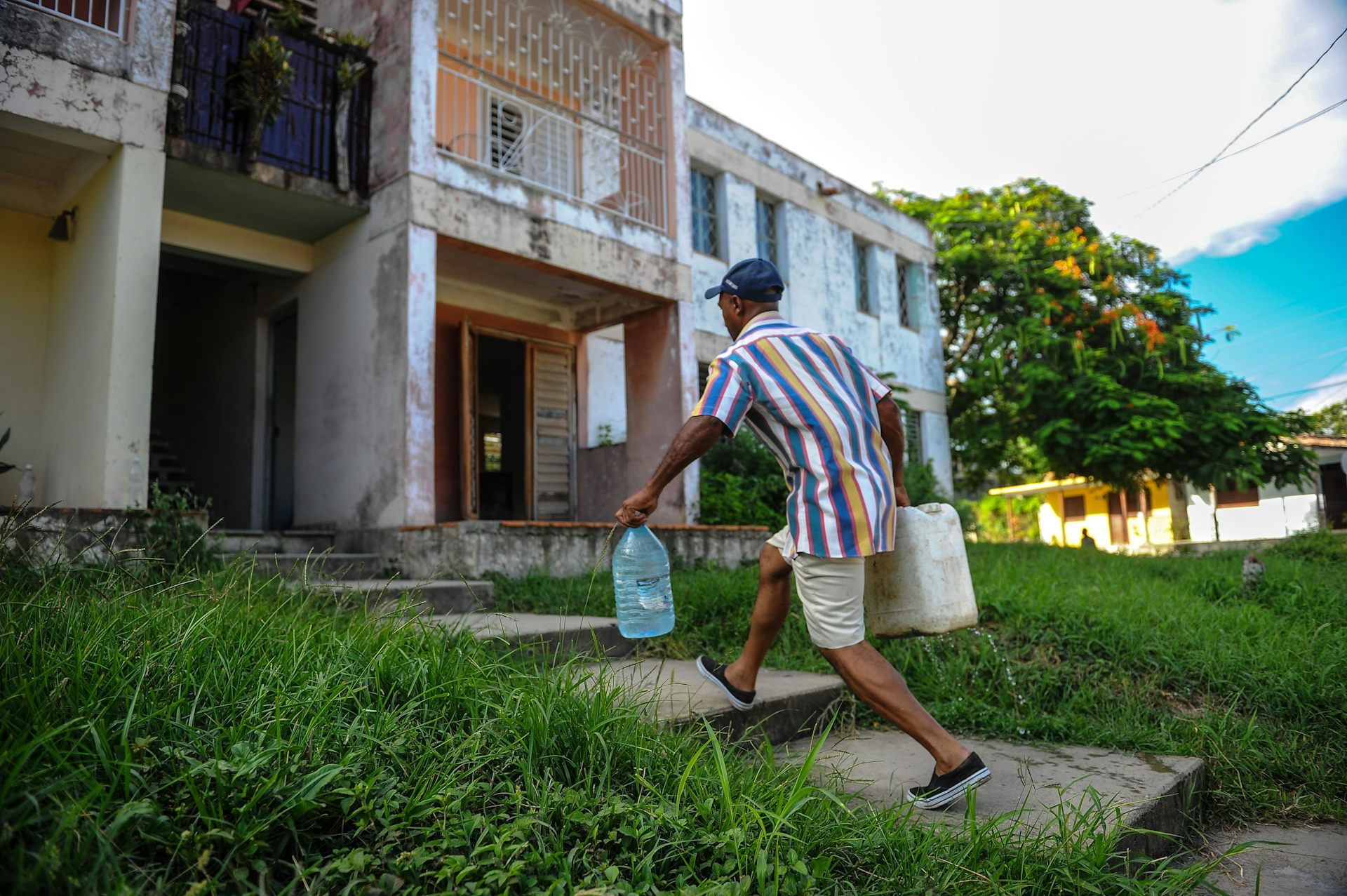Written by Farah Nibbs, assistant professor of emergency and disaster health systems at UMBC.
In the popular imagination, the Caribbean is paradise, an exotic place to escape to. But behind the images of balmy beaches and lush hotel grounds lies a crisis, the likes of which its residents have never experienced.
Caribbean islands are in a water crisis, and their governments have warned that water scarcity may become the new norm.
Within the past five years, every island in the region has experienced some sort of water scarcity. For example, Trinidad is experiencing its worst drought in recent memory, and residents are under water restrictions through at least the end of June 2024, with fines for anyone who violates the rules.
Dominica, considered the nature island of the Caribbean for its mountain rain forests, is seeing a significant decrease in freshwater resources and increasingly frequent water shortages. In Grenada, known as the spice isle, drought has affected water systems throughout the island.
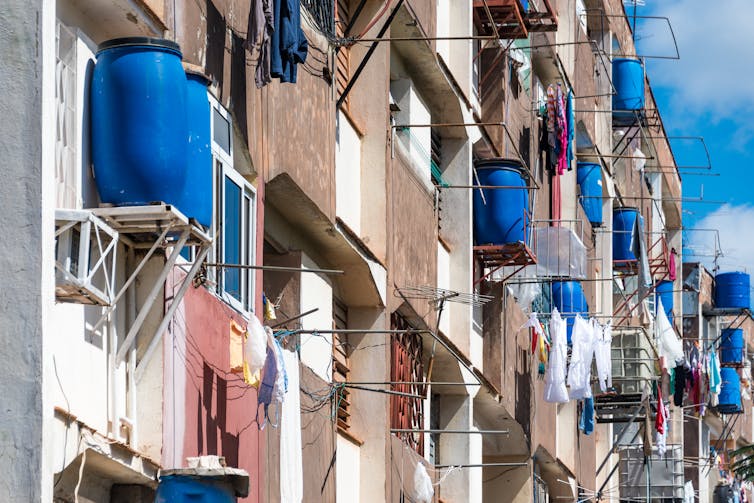
Jamaica is also facing water restrictions and has had to resort to water shutoffs in recent years, limiting water availability to a few hours per day in some areas. St. Vincent and St. Kitts have had to ration water. Barbados has experienced several water bans in recent years.
In fact, recent data shows that the Caribbean is one of the most water-stressed regions in the world.
I study the intersection of critical infrastructure and disasters, particularly in the Caribbean. Safe water is essential for all human activity and public health. That’s why it is important to understand the root causes of the water crises and to find effective, affordable ways to improve water supply systems.
3 reasons water demand is outstripping supply in the Caribbean
Changing precipitation patterns and droughts are straining Caribbean water supplies, but water demand has also been outstripping supply for a number of reasons.
1. Rapid urbanization and industrialization
The Caribbean is one of the most rapidly urbanizing regions in the world. About three-quarters of its population lives in cities, and that percentage is rising, adding pressure on public water systems.
At the same time, increased industrialization and commercialization of agriculture have degraded water quality and in some cases encroached on sensitive water catchment areas, affecting the soil’s capacity to retain water.
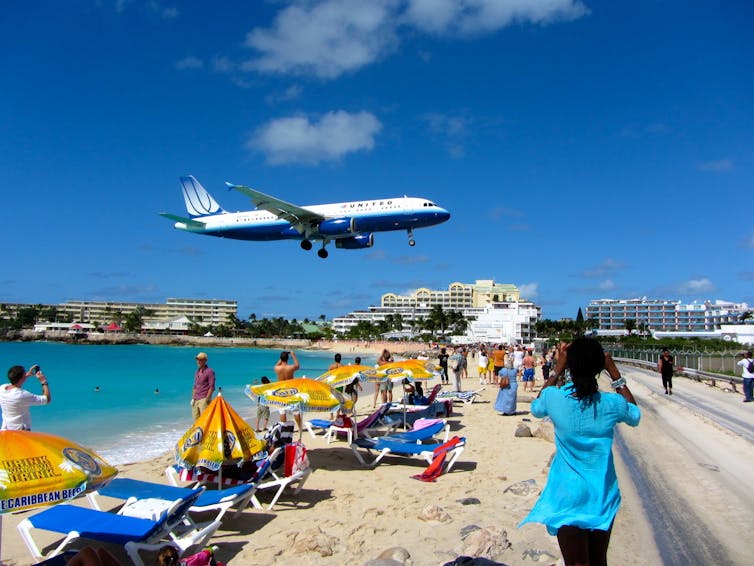
This competing demand for limited fresh water has reduced stream flows and led to water being drawn down from sensitive sources. In Dennery North, a major farming community in St. Lucia, water shortages have left residents collecting water from rivers and other sources for their homes and farms.
Unregulated extraction of groundwater can also worsen the problem. Many islands depend on groundwater.
For example, 90% of water supply in Barbados comes from groundwater, while in Jamaica it is 84%. However, increasing demand and changes in annual rainfall patterns are affecting the ability of aquifers or groundwater to recharge. As a result, supply isn’t keeping up with demand. This is a huge problem for the island of Utila, located off the coast of Honduras, where the current rate of aquifer recharge is only 2.5% annually. For comparison, Barbados has a recharge rate of 15% to 30% of annual rainfall.
2. Water-intensive tourism industry
It’s no secret that the Caribbean is a popular tourist destination, and tourist economies depend on vast quantities of water.
Even during water rationing, water is diverted to hotels and other tourist-dependent sites first. That can leave local residents without water for hours or days at a time and facing fines if they violate use restrictions.
Tourism not only increases the consumption of water but also the pollution of water resources. Building golf courses to attract more tourists further increases tourism’s water demand and runoff.
3. Weak water infrastructure governance
Another problem water systems face is weak governance that leads to excessive loss of treated water before it even reaches the customer.
A well-performing water utility will usually have water losses – known as nonrevenue water – below 30%. In the Caribbean, the average nonrevenue water is 46%, with some as high as 75%.
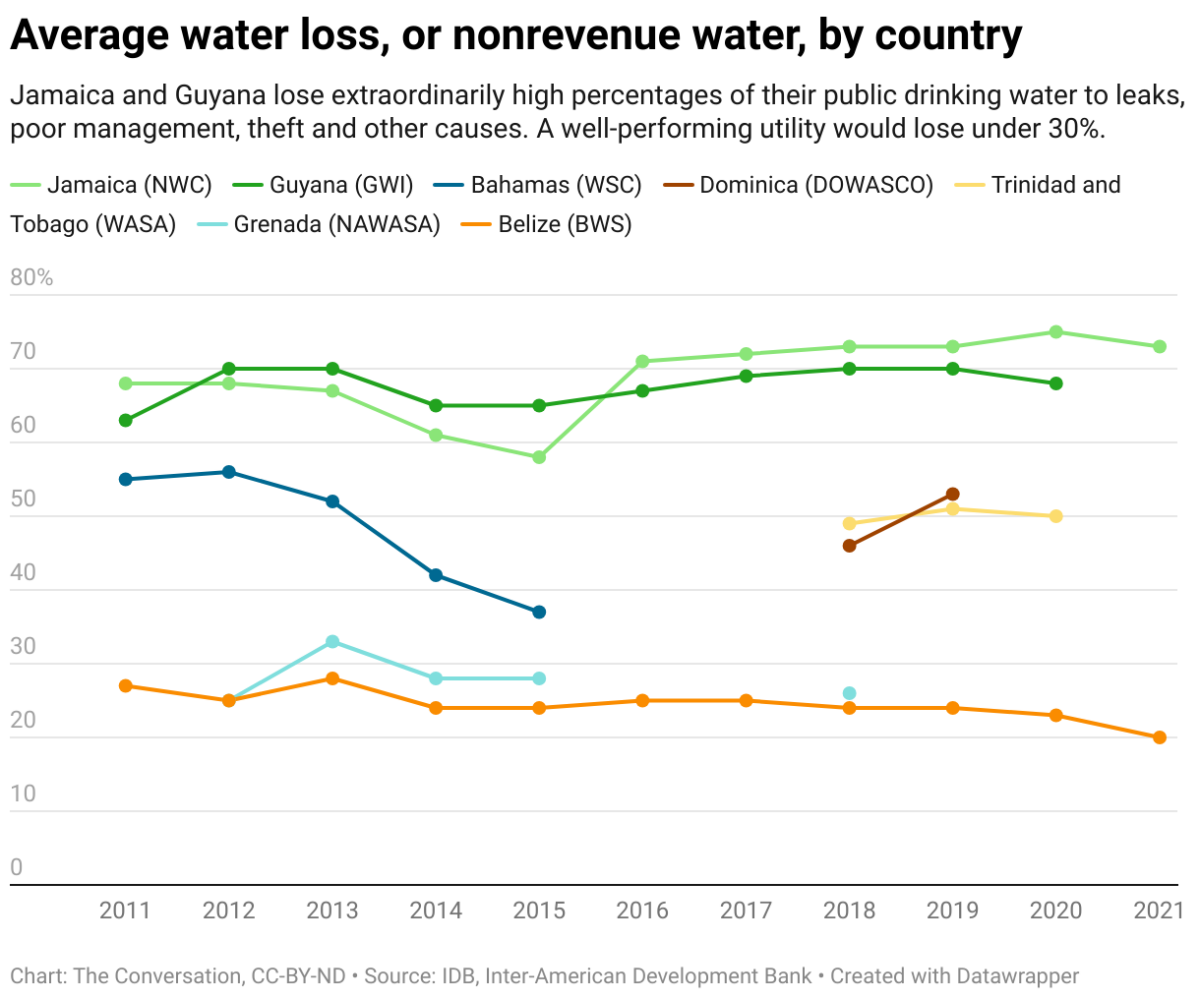
The reasons range from lack of appropriate management practices to metering inaccuracies, leaks and theft.
Climate change and extreme weather worsen water insecurity
These troubled water systems can struggle on good days. Worsening extreme weather, such as hurricanes and flooding, can damage infrastructure, leading to long outages and expensive repairs.
The Caribbean is the second-most disaster-prone region in the world. The islands face frequent earthquakes, landslides, devastating hurricanes and other destructive storms. As global temperatures and sea levels rise, the risk of extreme weather and storm surge causing erosion, flooding and saltwater contamination increases.
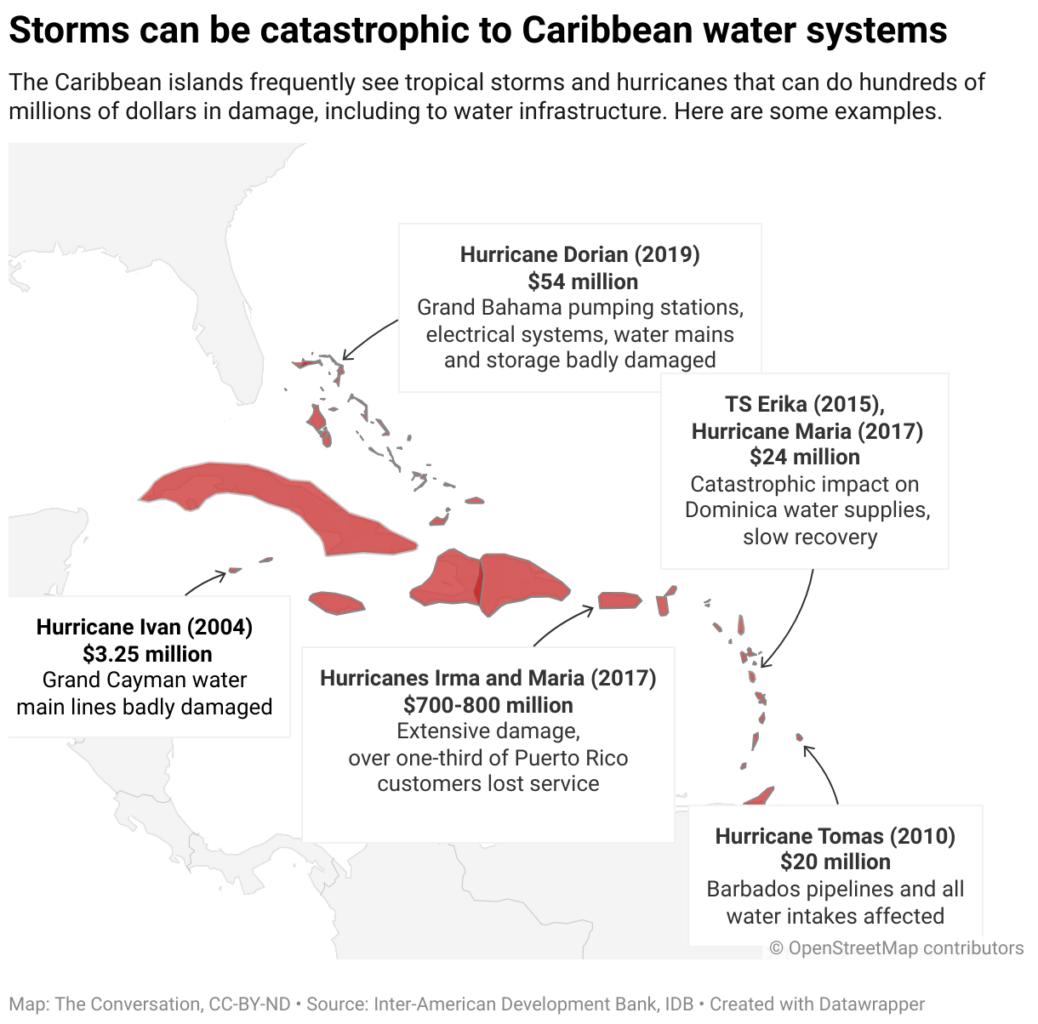
Three months after Hurricane Maria hit in 2017, well over 14% of the Caribbean population was still without potable water. Hurricane Dorian in 2019 left Grand Bahama Utility Co. and the country’s Water and Sewerage Corp. with U$54 million in damages. A year after Dorian, WSC was “still working on restoring operations to pre-Hurricane Dorian levels.”
How hybrid rainwater harvesting can help
Improving water access in the Caribbean means working on all of those challenges. Better governance and investment can help reduce water loss from theft and leaks. Government and social pressure and educating tourists can help reduce waste at hotels and resorts.
There are also ways to increase water supply. One involves being more strategic about how the islands use a practice the region has relied on for centuries: rainwater harvesting.
Rainwater harvesting involves capturing rainwater, often from where it runs off rooftops, and storing it for future use. It can replace irrigation, or the water can be treated for household uses.

Right now, rainwater harvesting is not managed as part of the islands’ centralized water management system. Instead, households bear the cost to finance, build and maintain their own systems. Finding technical support can be difficult, leaving households to contend with seasonal variations in water quantity and quality. That makes risks to drinking water safety difficult to identify.
If rainwater harvesting were instead combined with central water systems in a managed hybrid water model, I believe that could help expand safe rainwater harvesting and address water issues in the region.
It’s a relatively new concept, and integrating decentralized sources can be complex, including requiring separate pipes, but it has potential to reduce water stress. Decentralized sources, such as rainwater harvesting, groundwater or recycled gray water, could serve as backup water sources during shortages or provide water for nonpotable purposes, such as flushing toilets or irrigation, to reduce demand for treated water.
Engineers in Australia are weighing the potential of hybrid water systems to help face the challenges of delivering secure, safe and sustainable water in the future.
Fulfilling a human right in the islands
The World Health Organization has declared that access to a sufficient, safe and reliable water supply is a fundamental human right, and that to accomplish this, water suppliers have a responsibility to provide adequate quantities of potable water.
Hybrid water systems could help ensure water safety and security for island communities and improve the water systems’ resilience amid the human and environmental pressures facing the Caribbean.
This article is republished from The Conversation under a Creative Commons license. Read the original article and see more than 250 UMBC articles available in The Conversation.
Tags: CAHSS, CAHSS_research, EDHS, Research, The Conversation

